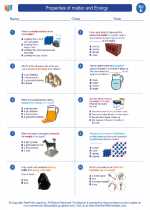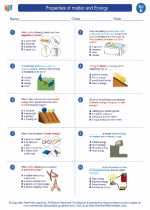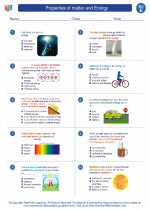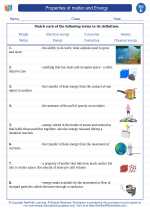What is the Cambrian period?
The Cambrian period, which occurred approximately 541 million years ago, is the first period of the Paleozoic era. It is known for the "Cambrian explosion," a rapid diversification of multicellular life forms, including the appearance of many major animal groups.
Geological Significance
During the Cambrian period, the supercontinent Rodinia began to break apart, leading to the formation of new continents and ocean basins. The Cambrian is also marked by the widespread deposition of limestone, shale, and sandstone, which are important sources of information about this period.
Fossils
The Cambrian period is abundant in well-preserved fossils, providing valuable insights into the early evolution of life on Earth. Trilobites, brachiopods, and early mollusks are among the diverse array of organisms that emerged during this time.
Environmental Changes
During the Cambrian period, there were significant changes in ocean chemistry, temperature, and oxygen levels. These environmental shifts likely played a role in driving the diversification of life forms and the development of new ecological niches.
Study Tips
- Review the major events and characteristics of the Cambrian period, including its geological significance, fossil record, and environmental changes.
- Examine the role of key organisms such as trilobites in shaping the ecosystems of the Cambrian period.
- Explore the concept of the Cambrian explosion and its implications for understanding the early history of life on Earth.
- Consider the broader implications of the Cambrian period in the context of Earth's geological and biological history.
[Cambrian] Related Worksheets and Study Guides:
.◂Science Worksheets and Study Guides Fifth Grade. Properties of matter and Energy

 Worksheet/Answer key
Worksheet/Answer key
 Worksheet/Answer key
Worksheet/Answer key
 Worksheet/Answer key
Worksheet/Answer key
 Vocabulary/Answer key
Vocabulary/Answer key
 Vocabulary/Answer key
Vocabulary/Answer key
